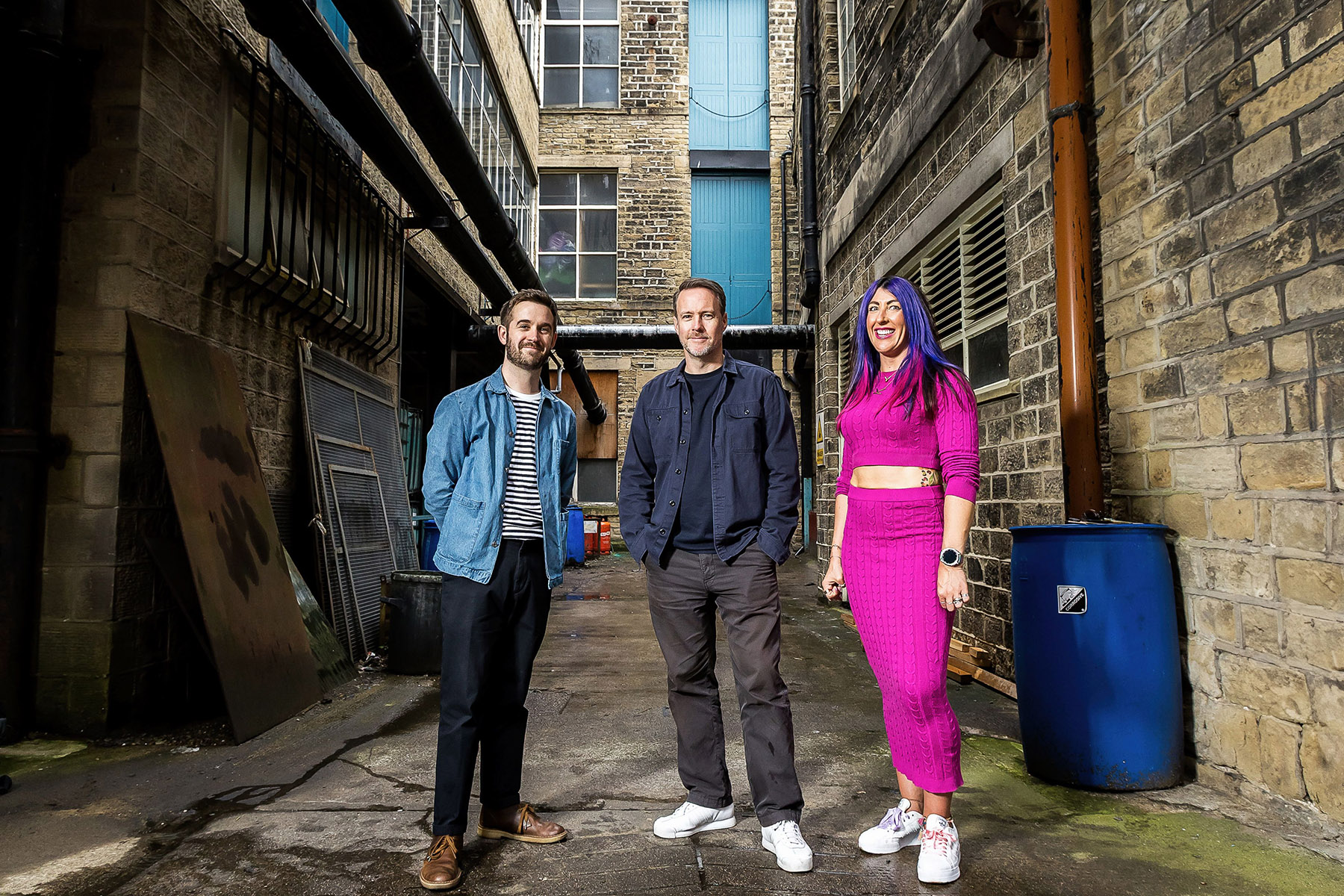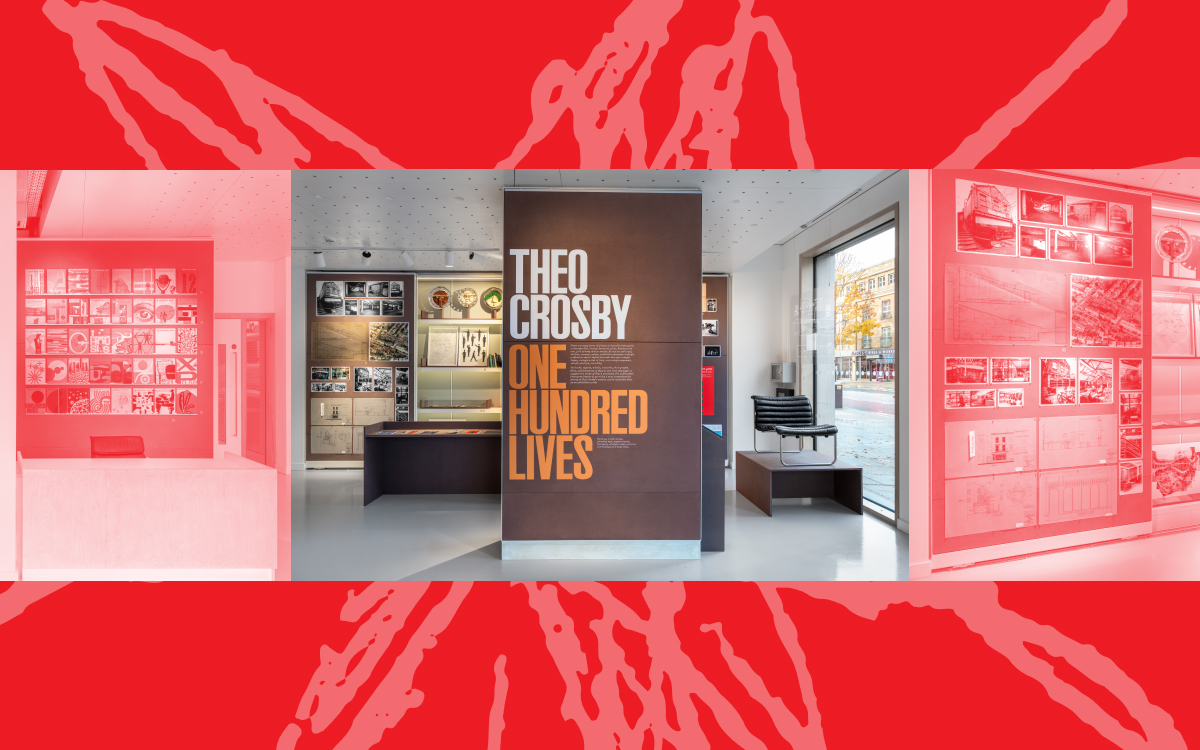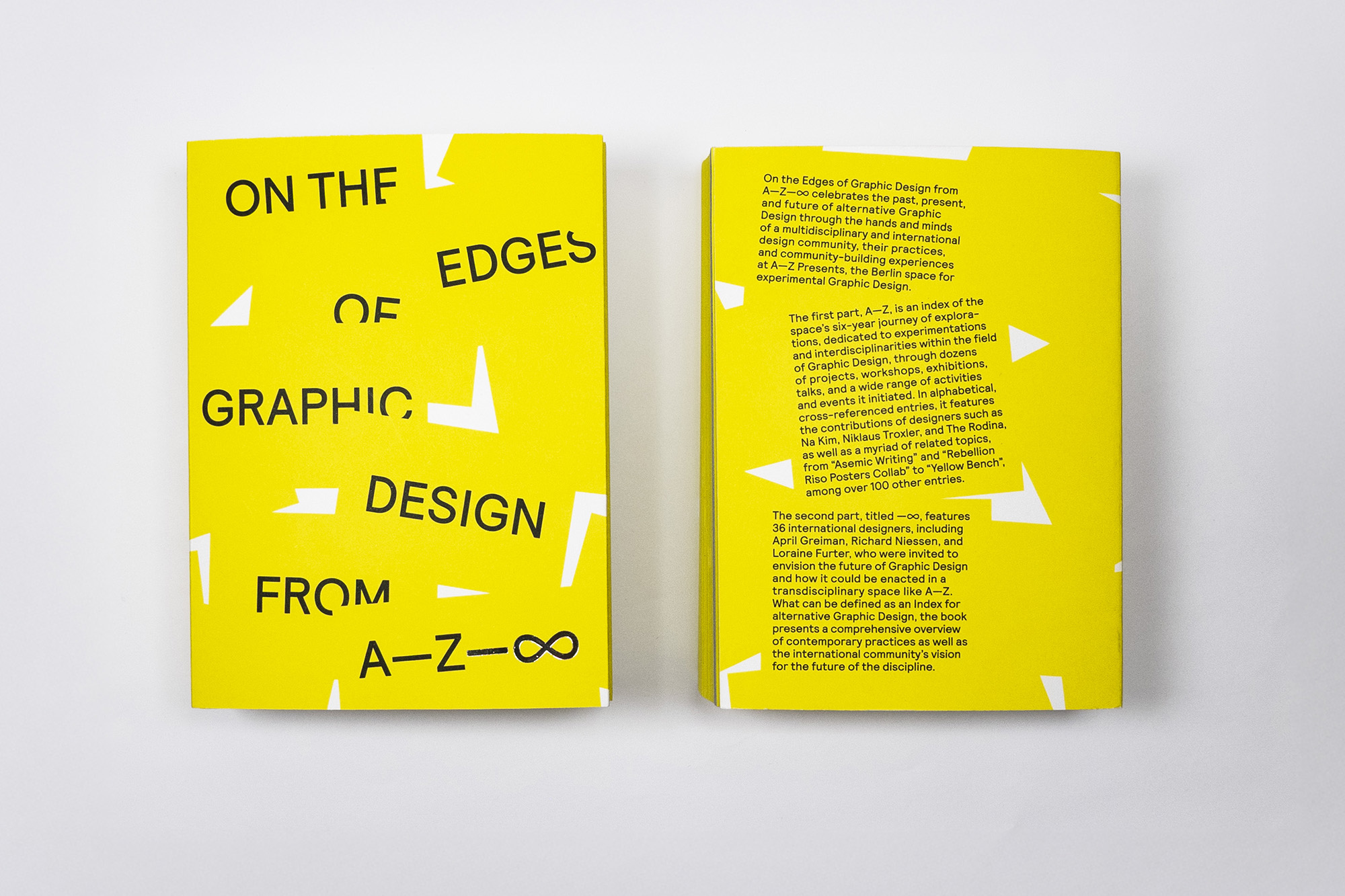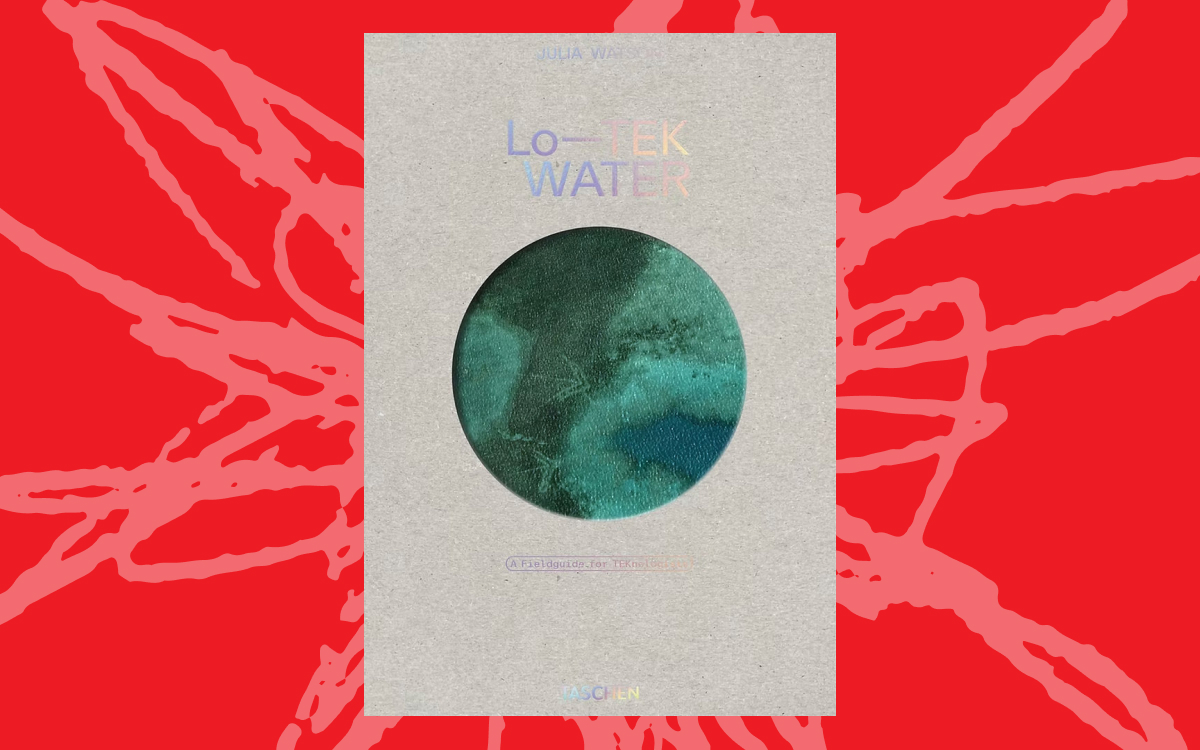Wilson’s Republic is a community of creatives based in a post-industrial market town in Northern England called Huddersfield. For the past decade, they have been meeting half a dozen times a year for conferences, guest talks, and candid chats in local pubs about working in the culture industry.
In the mid-seventies, Ian Nairn, the architectural critic, made a short TV documentary series featuring Huddersfield. He walked around the town center—only a few hundred meters from the venues Wilson’s Republic now meet—and in an exasperated kind of way Nairn described a vivid conflict between the inward and outward aspects of the town. He described the outside as “flat”, as if it had nothing to say. He finds on the inside, though, that there is something much grander going on. The same could be said for the creative community in Huddersfield too, there is an inward vibrancy without much show on the outside. There are local agencies and freelancers working for enormous multinational corporations alongside boutique brands with household appeal but their work is often overshadowed by what is happening (or is imagined to be happening) in nearby cities like Manchester, Leeds, and London, which is a few hours South by train.
Here, I speak to the co-founders of Wilson’s Republic, Darren Evans (Founder and Design Director of The Engine Room) and Aidan Nolan (Founder of A.N.D. Studio) to expose the soft-spoken interiority of Huddersfield’s creative scene.
How did you meet each other?
Darren Evans In 2001 I set up my studio in Leeds. I spent seven years driving back and forth between Huddersfield and Leeds along the M62 motorway, I hated it. I ended up realising that the business didn’t need to be in a big city to be successful. So I moved The Engine Room back home to Huddersfield. We moved into the Media Center in 2008. Since the mid-nineties they have been offering lots of different services and support for local businesses in the community, including office space. Soon after The Engine Room was set up there I met Aidan.
Aidan Nolan In 2009 I was running a studio with a friend and the Media Center hired us to design some furniture for their co-working spaces. We hadn’t designed much furniture before—I studied graphic design at university—but I really bought into that thing Massimo Vignelli said: “if you can design one thing, you can design everything”. As I was working on the project I was being pulled into a few different meetings, it was great, there was a lot of blue-sky thinking going on at the time, that’s where I met Darren. We talked about what it meant to be ambitious and entrepreneurial but to stay in a small town like Huddersfield.
DE This was the real seed of Wilson’s Republic; a chance meeting between like-minded, local creatives.
Do you have a zingy one-liner to explain what Wilson’s Republic is?
DE It’s funny, as commercial designers we spend a lot of our time coming up with pitches and value propositions for clients but we have never bothered to do that for Wilson’s. We’ve never felt like we needed to present it in that kind of way. We could call it a “creative community” but really it doesn’t matter. Our aim is to develop resilience within the creative industries in our local area and the ways that we do that with Wilson’s changes depending on how that community develops and what it needs.
AN I’ve never been very good at those “elevator pitches” either, I tell people it’s because I always take the stairs. But there might be something revealing in that when I think about Wilson’s too—in not taking the easiest, fastest, most comfortable route. A lot of what Wilson’s does is give people a reason to meet up in person. That takes effort, there are easier ways to meet people these days online but it’s so impersonal, unfeeling, unreal. Wilson’s is an alternative to that generic online space, it offers something deeper than the veneer of LinkedIn. We platform local talents by having them give guest talks, then we have an evening in a pub somewhere for longer conversations. We aren’t interested in distant, superstar creatives, we like our speakers to be earnest and within arms reach.

Is this what separates you from other design initiatives like Birmingham Design Festival, Design Manchester, and the more recent Northern Design Festival?
AN I think we are all offering something a little different from each other. When Design Manchester started it was small scale, then they received these large investments and got partnerships with brands like Hermès, Adidas, and The Co-op and it turned into this behemoth. I think they’ve hit pause on it for now. Come to think of it, when we planned our first conference and were wondering about the right business structure and feel for Wilson’s, John Owens—one of the artistic directors at Design Manchester—was a huge help. Birmingham Design Festival seems to be doing really well in balancing that grass-roots kind of feeling whilst sustaining an international network of speakers. Northern Design Festival was only founded two years ago, it’s low-key and ambitious, it will be interesting to see how they develop.
DE I actually spoke at the Northern Design Festival recently, it was initially founded by a group of students that were concerned with the lack of creative opportunities in the North.
Wilson’s has a devoted audience that returns to each talk, there are often speakers from past talks in the audience too, so over the ten years you have been doing this there looks to be a real kinship that has developed between the speakers and the community they are speaking to, do you also feel that?
DE We try to encourage that feeling, we tell the audience Wilson’s Republic isn’t the speakers, me, Aidan and Katy (she joined us last year), it’s all of us, everyone in attendance, we are the parts that make the greater whole. Really, me, Aidan and Katy are just the stewards, the custodians of Wilson’s. Hopefully we will be passing that responsibility on to others in the not-too-distant future.
AN Thinking about students specifically, Wilson’s isn’t just about presenting them a version of the industry that they can “get into”, you know like lowering the barriers to entry or showing them behind the curtain or something. What Wilson’s does is show them that they are already a part of the community just by being there and attending the talks or turning up to the socials. The creative community is made up of much more than just producers and consumers in that way.
How do you finance Wilson’s Republic?
DE At first we were self-funded, we just scraped together loose change, there wasn’t much. Since being registered as a Community Interest Company we now have more opportunities for public funding and we are supported by the local council’s creative development team too.
AN Part of that funding resulted in a programme we call Creative Bubbles. Someone from the local council wanted to find out what creatives need in terms of business support—it’s kind of like a focus group of designers, artists, and writers. We meet to talk frankly about our experiences working in the creative sector. Since doing Creative Bubbles we have been exposed to what creatives working in our local community need and what barriers they are facing. A lot of the time these micro-business and freelancers are just looking for reassurance; they want to know if the challenges they are facing are similar to other’s experiences and how they have managed to overcome them. Sometimes we talk about the practical nuts and bolts of business too, like how to invoice, how to price work, how to market yourself, but we also talk about things like how to switch off after work, or overcome imposter syndrome, or how we generate new ideas.
DE It’s nice to have a mix between artists and designers in those Creative Bubbles too. Often the designers are overly-focused on the commercial aspects of their work and the artists are more interested in the creative processes, so it’s great to see them supporting each other and being receptive to other ways of working. In the last Bubble we spent about an hour and a half talking about values in creative work: how to understand your values, how to get work based on your values, how to stick to your values. The point of the meetings isn’t to find definitive answers, it is to canvas opinions and develop a more resilient community. Since starting Bubbles, I have come to realise how fragile our creative communities actually are. Over the years, there have been two books that have influenced my thinking on this kind of work. One is Doughnut Economics and the other one is Citizens—Citizens is the best book that a designer could read right now that has nothing to do with design. It is about the move from a more individualistic consumerist mentality to a society of citizens that work together. So many businesses still have this funding model that is based on growth at any cost but the creatives we have come to know through Bubbles and Wilson’s have so much more to offer than that.
AN For most businesses, growth is a leading objective. Of course, financial gain is important but something we have noticed in these Bubbles is that the people we meet are often interested in a different kind of growth, it is more about the development of their creative communities and networks more than exclusively the growth of financial gain. Their higher priority seems to be more about securing their ability to keep doing what they love doing.
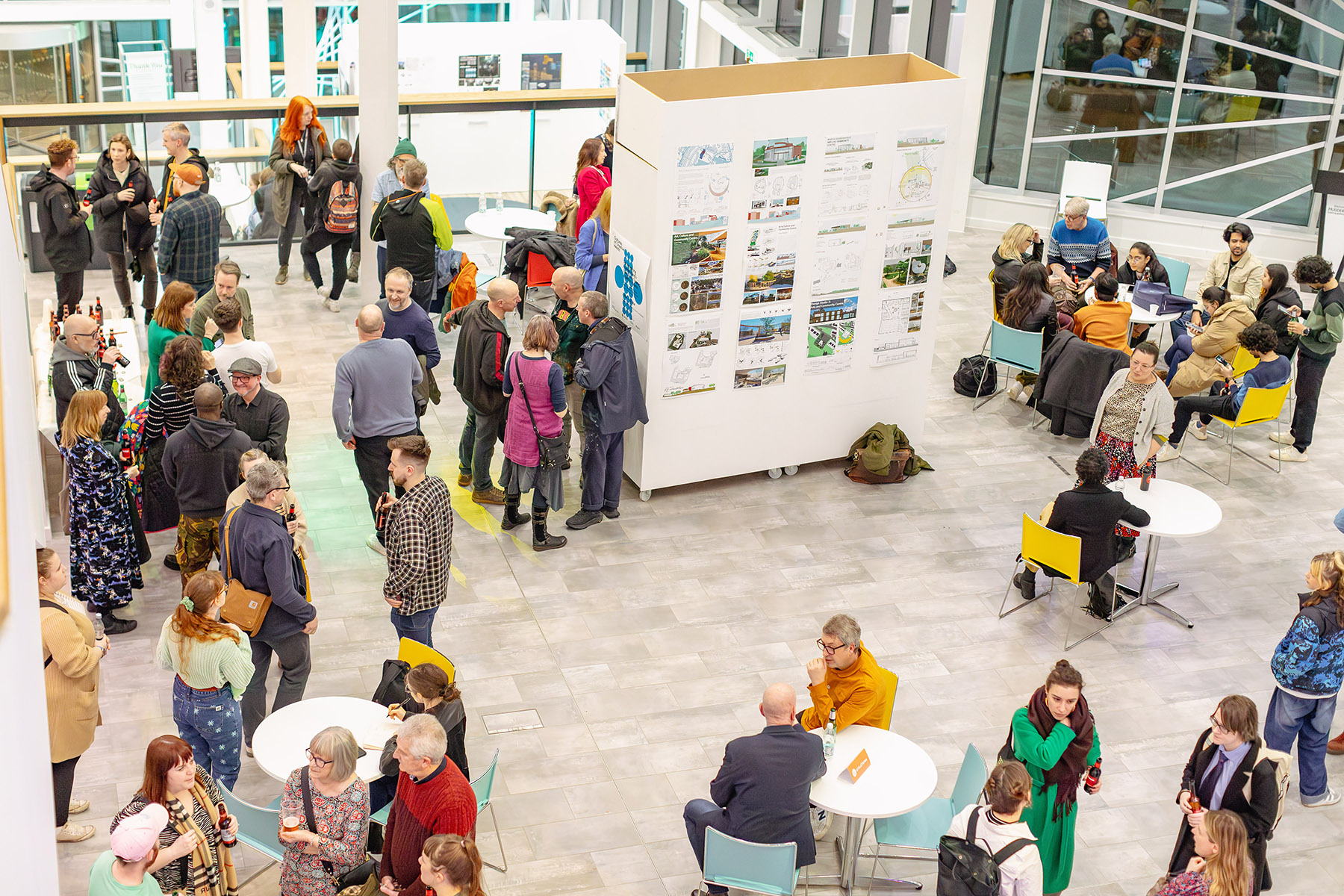
When you work in a small company or are a freelancer, often the main way you interface with the world—that is with clients as well as peers—is via your portfolio, it sounds like Creative Bubbles is a way to develop a different kind of business culture by putting the person (not the persona) front and center.
AN This is also what the talks at Wilson’s Republic are doing too. The speakers aren’t all slick, TED-Talk-style presenters but that doesn’t matter because the things they are saying are meaningful in a much more direct way to the audience, there is an authenticity to a Wilson’s event and that’s only possible when everybody feels comfortable.
Why does it matter that this is happening in the North of England?
DE It’s common for creatives from the North to move South to London, it’s been happening for a long time. It’s kind of a self-fulfilling thing, they move there because that’s where everyone is. It weakens the creative community here in the North and undermines its value. There is a company that we work with—a manufacturer running for over 100 years—and they told me about this German concept called mittelstand, it’s about the strength of small businesses, not so much in the money they make but in their ethos, so you have to understand their social contribution in more qualitative ways. There is a picture often used to represent mittelstand, in it there are workers and families holding a town on their shoulders, Atlas-like. And there is a set of characterisations of mittelstand too: family ownership, long-term focus, emotional attachment, investment in workforce, social responsibility, I can’t remember them all. I recognise something very Northern in that picture and those characterisations, there’s grit in that kind of community. It’s difficult to explain, Aidan and I have often spoken about getting a film commissioned to try and understand what it is.
AN There has always been an emphasis on London, it’s the capital city, but since the pandemic people have realised you don’t need to be there to be successful, so those with Northern roots are moving back up here for a better life, whilst also keeping their clients. Michael C Place of Studio.Build is an example of that, he moved back up North to spend more time with his family after being based in London for years.
What do you want Wilson’s to be remembered for in another ten years time?
AN The other day I was speaking to a designer that had moved back to Huddersfield to work in a studio that’s based in a mill at the centre of town. He was so happy to be back, saying it just feels right. So in the next ten years, if we can change the perception of the town to be seen as what it really is, which is a close-knit and welcoming community, I would be very proud.
DE One of the best things I have ever heard anyone say about Wilson’s was that it was always the same and always different. In ten years I’d like to be sat at the back of a Wilson’s talk and recognise this same community we are building now in the work of a new generation of artists and designers.
The next Wilson’s Republic event is on October 23rd, it will be held at Bates Mill in Huddersfield on the theme of “Routes”. Guest speakers will be announced soon: follow @wilsons.republic to keep up to date and visit wilsonsrepublic.com for more information and tickets.

